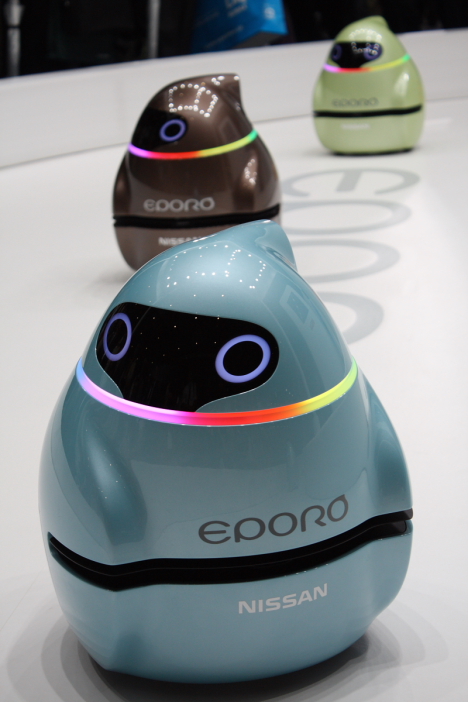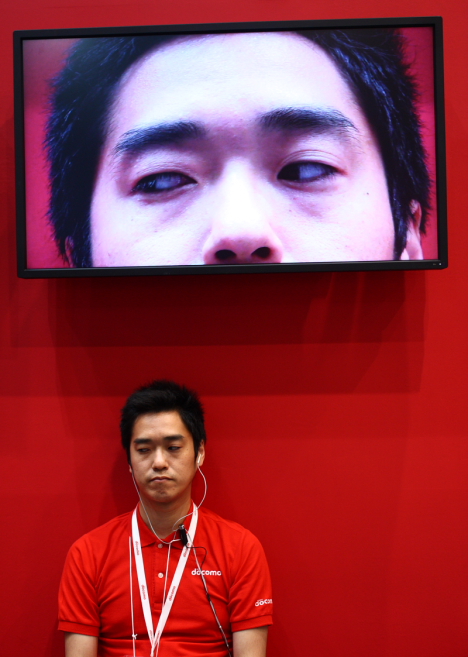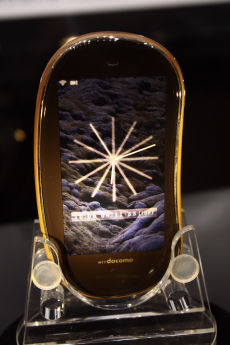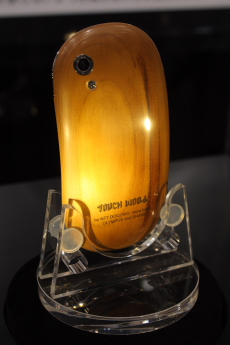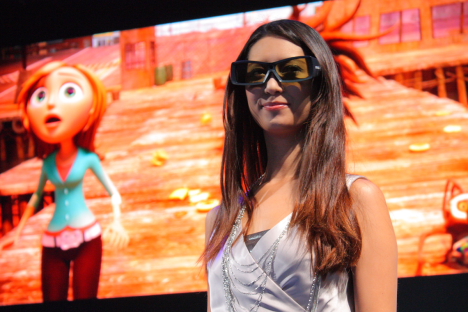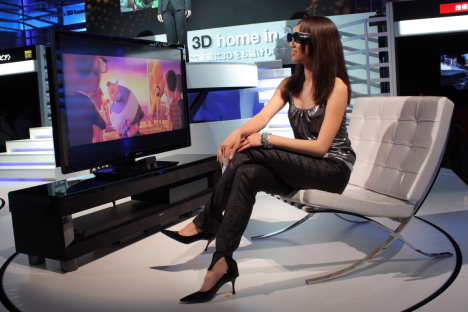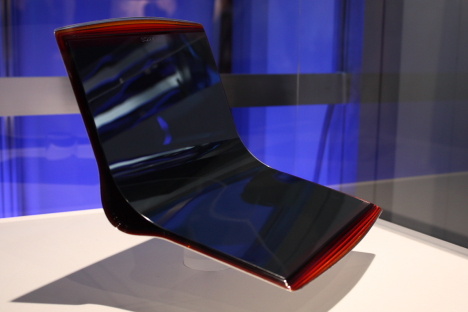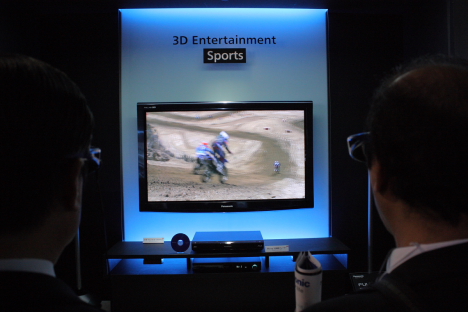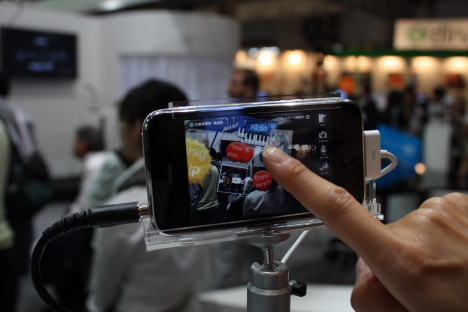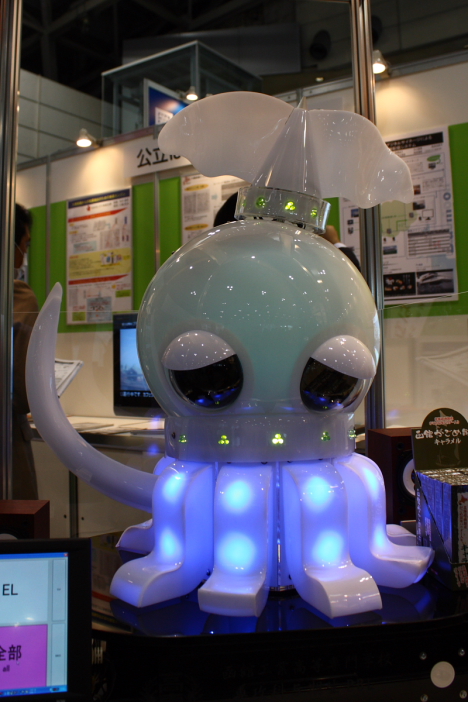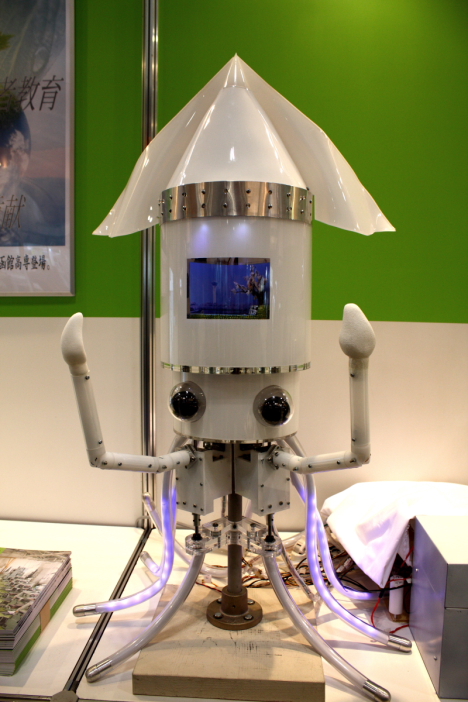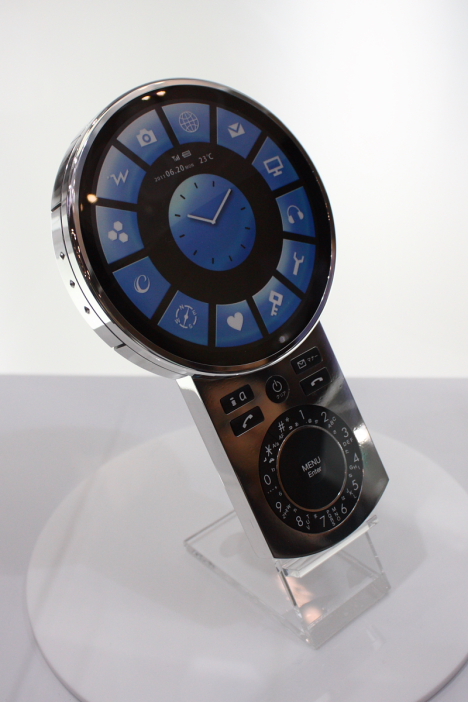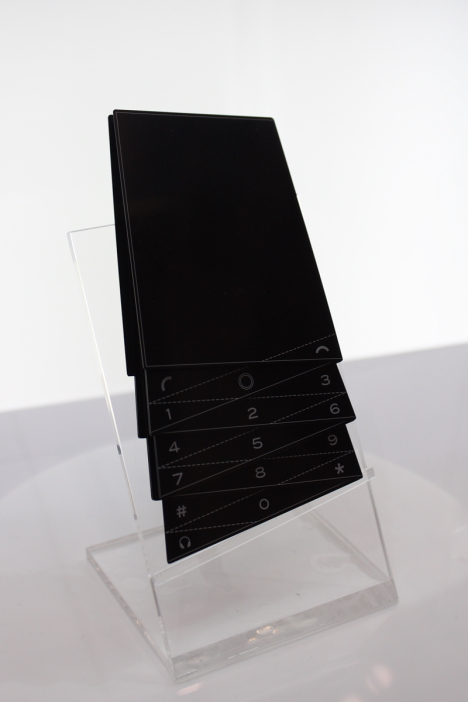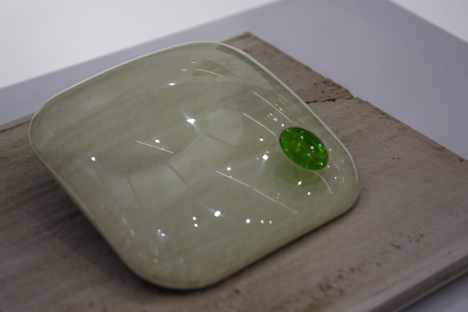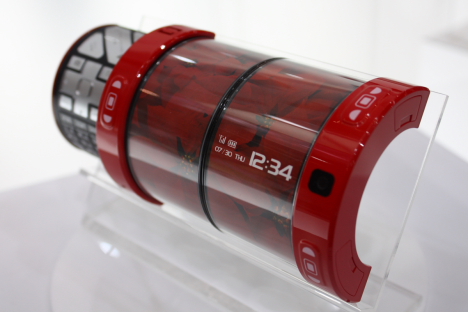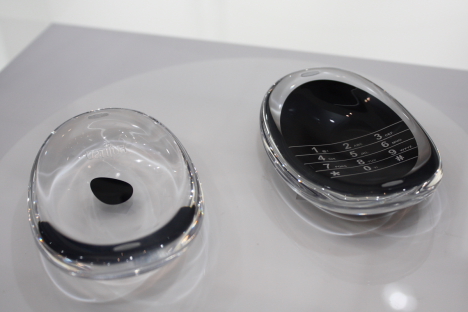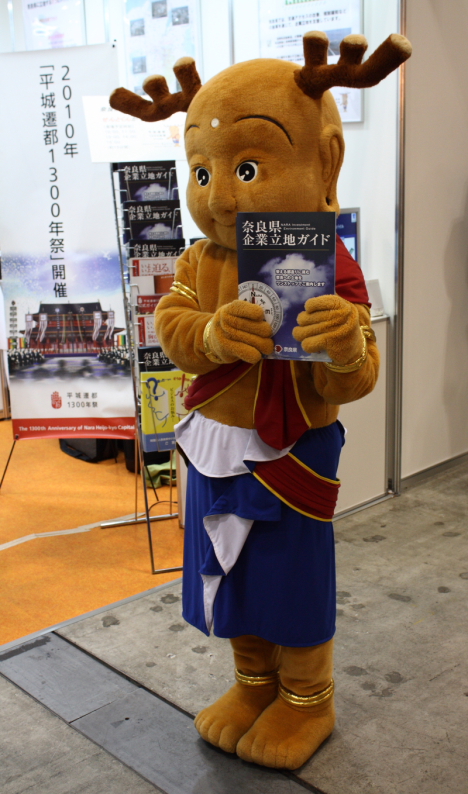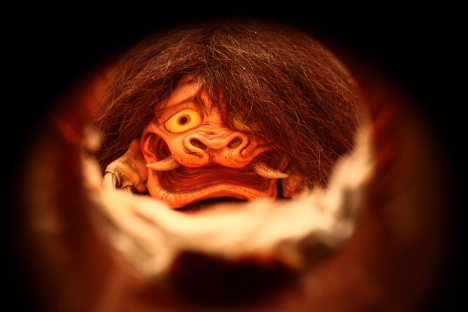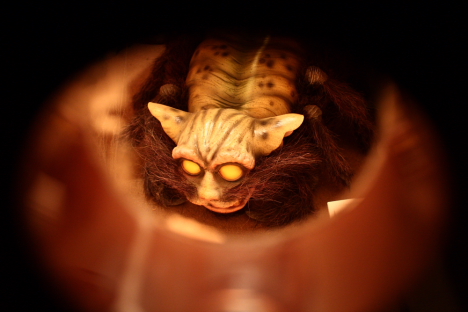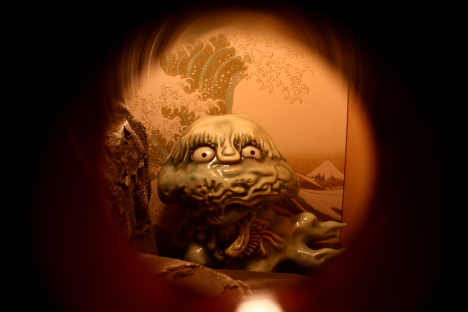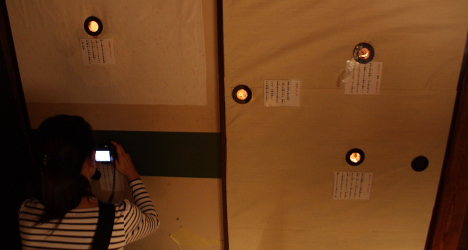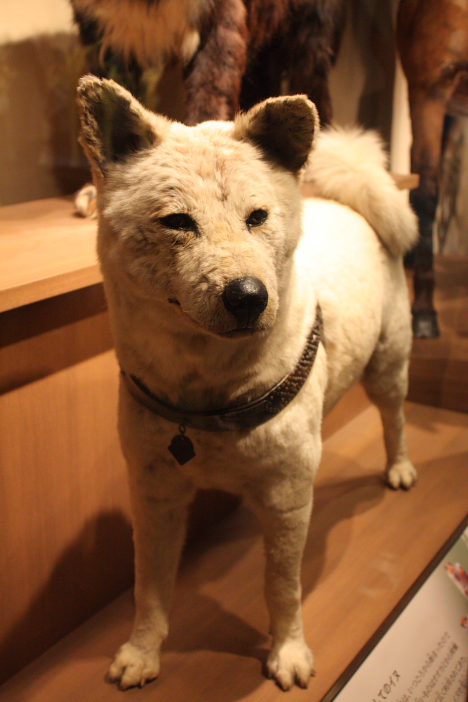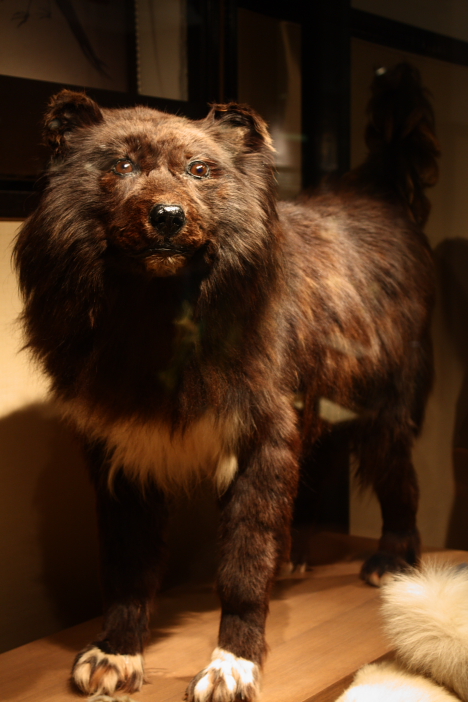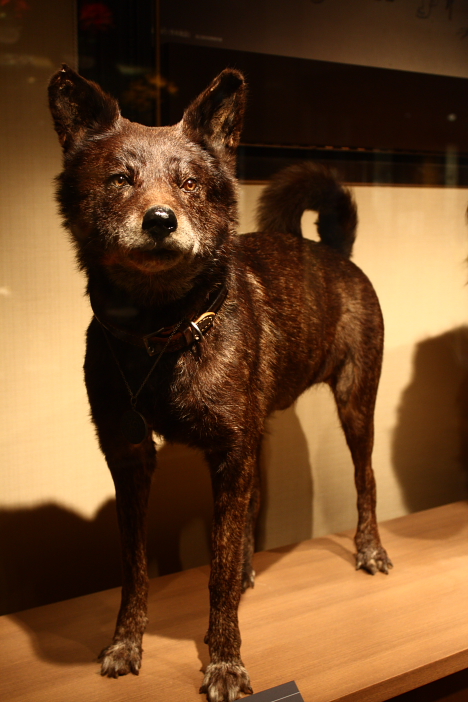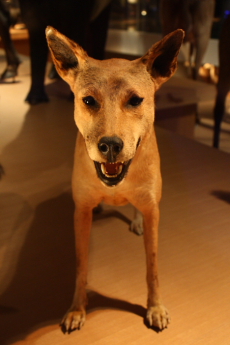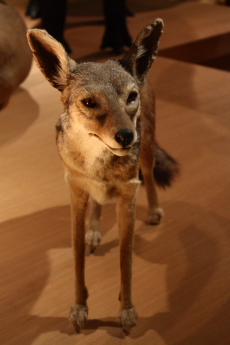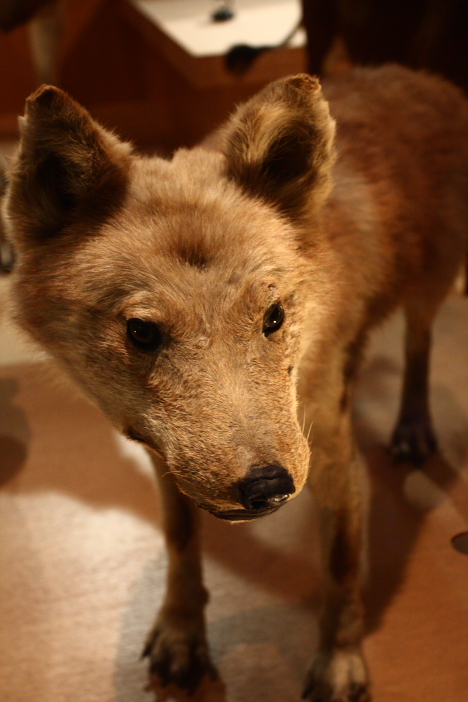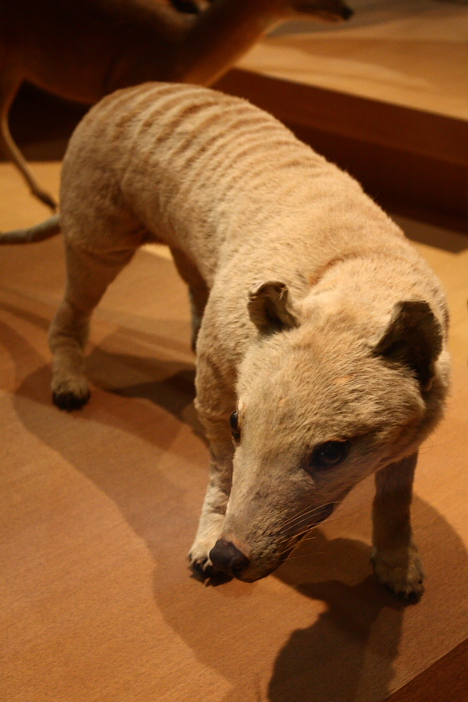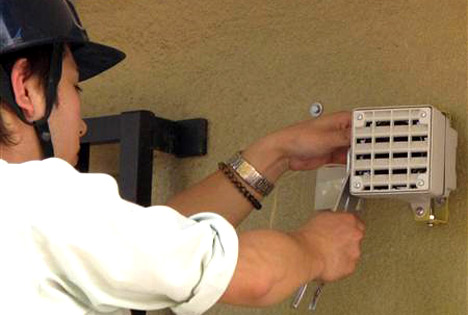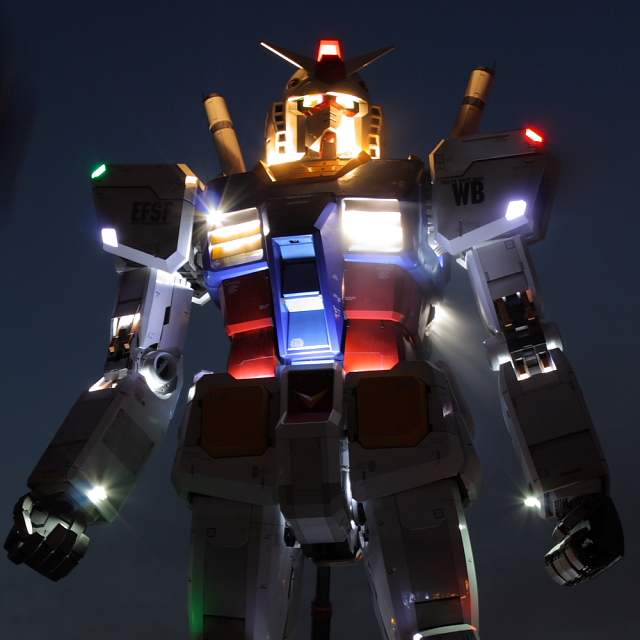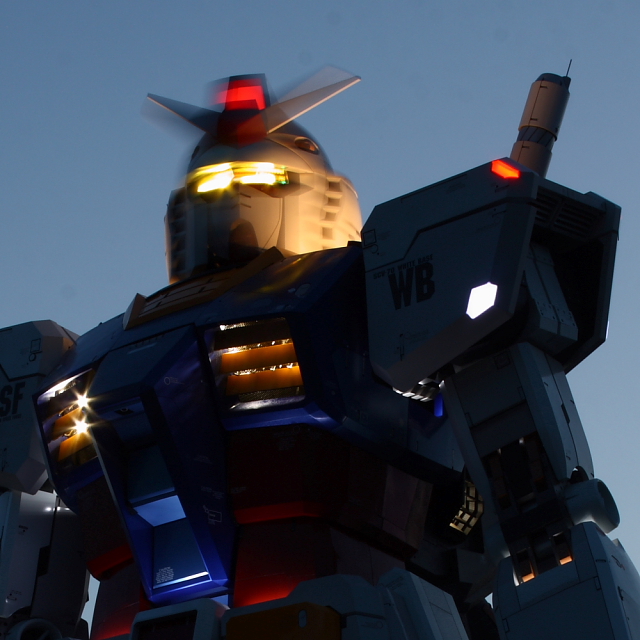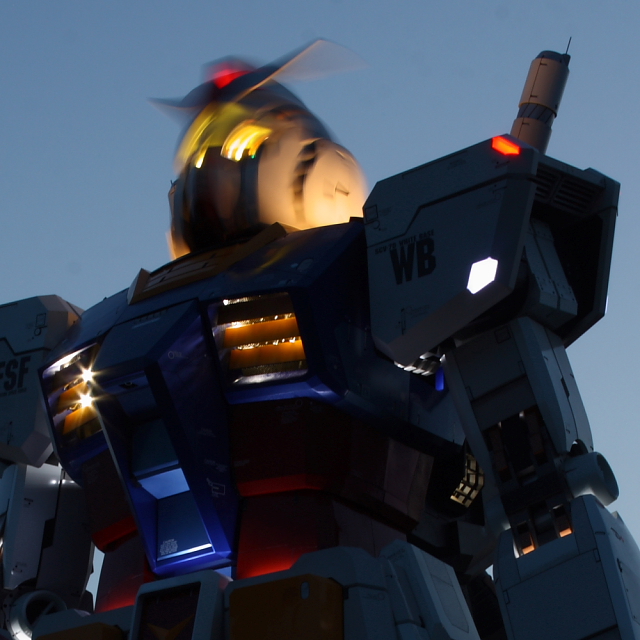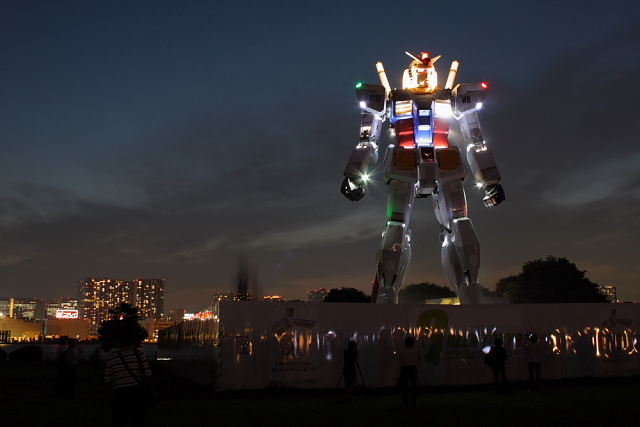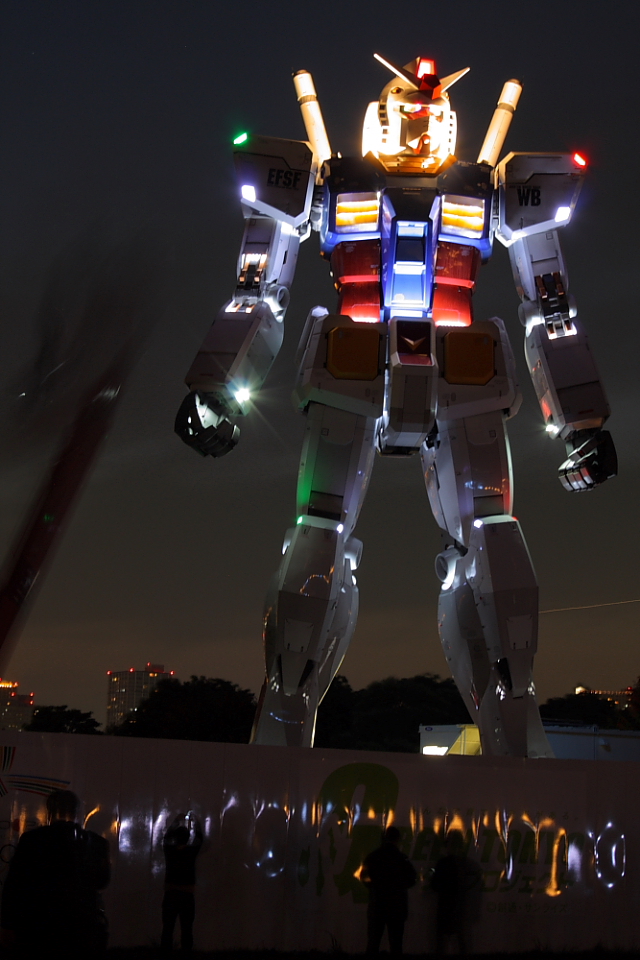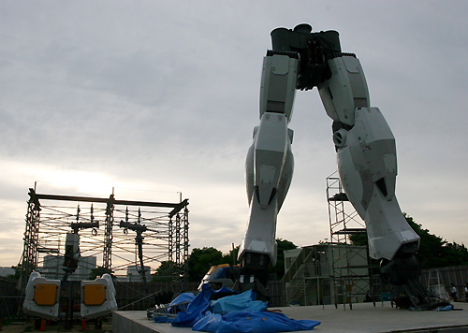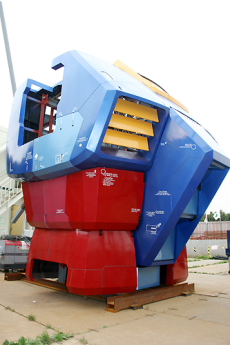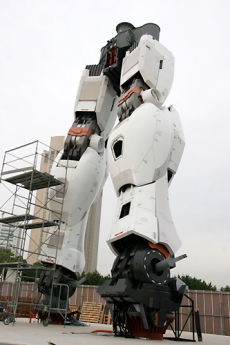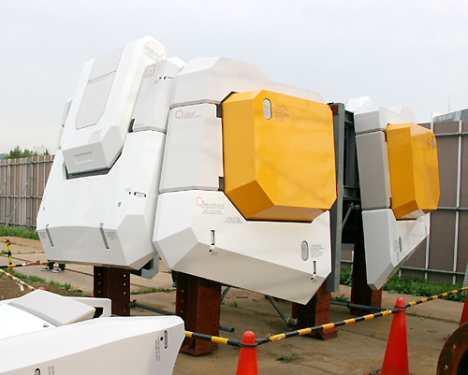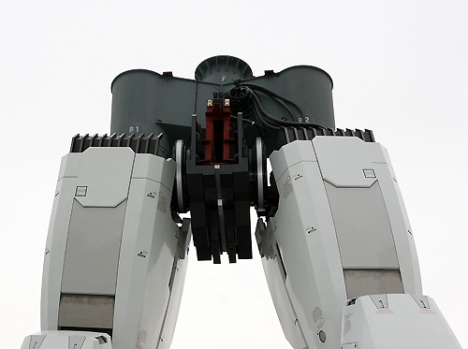In recent days, Japan's major automakers have been releasing details about the concept cars they plan to unveil at the upcoming Tokyo Motor Show, which will be held from October 24 to November 4, 2009 at Makuhari Messe near Tokyo. Environmental friendliness appears to be the common theme.
* * * * *
- Toyota FT-EV II
Toyota will debut the FT-EV II, an ultra-compact electric vehicle.
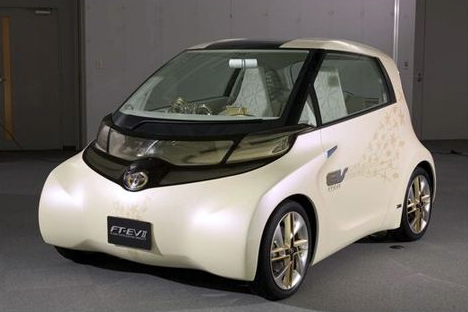
Toyota FT-EV II
With a range of 90 kilometers (56 mi) and a top speed of around 100 kph (62 mph), the FT-EV II -- which stands for "Future Toyota Electric Vehicle II" -- is designed for short-distance urban driving.
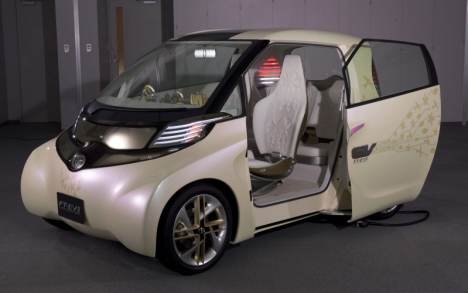
Toyota FT-EV II [+]
Despite the vehicle's tiny size, there is seating for four inside. The designers were able to free up interior space by removing items found in traditional vehicles, such as the brake and acceleration pedals, which have been replaced by joystick controls. Other features include a dye-sensitized solar panel, electric sliding doors, and a retro-futuristic interior.
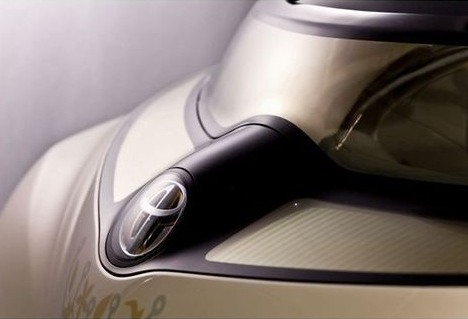
Toyota FT-EV II
By incorporating a variety of communications functions into the dashboard, Toyota aims to demonstrate how the electric vehicle might function as a powerful information device in the networked society of the future.
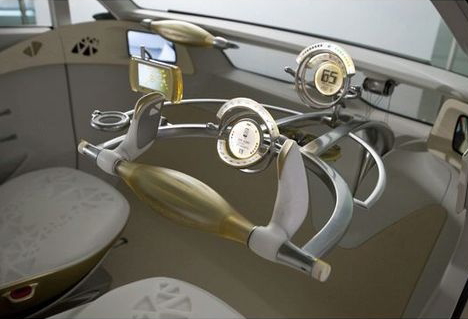
Toyota FT-EV II
In addition to connecting with navigation services, the FT-EV II can download music and movie content, make recommendations tailored to individual preferences, and communicate with the driver's home network, thus allowing the driver cruise the information superhighway while tooling around town. [More]
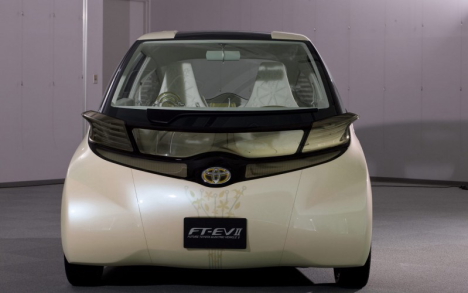
Toyota FT-EV II [+]
* * * * *
- Mazda Kiyora
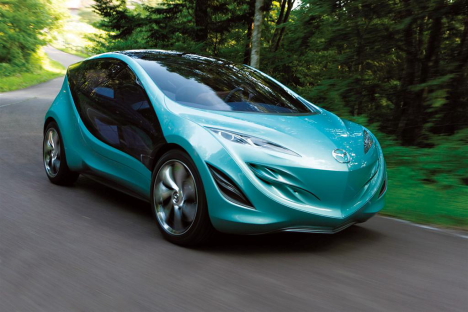
Mazda Kiyora [+]
Mazda plans to exhibit an updated version of the Kiyora, a compact and lightweight concept car first unveiled in 2008.
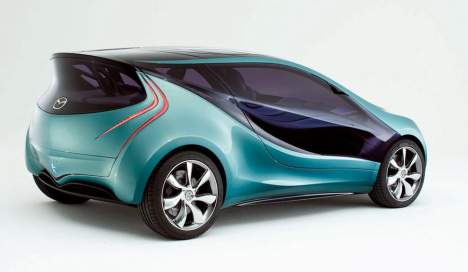
Mazda Kiyora [+]
Equipped with a six-speed automatic transmission, the new Kiyora is powered by a fuel-efficient 1.3-liter gasoline engine that gets up to 75 mpg with the help of regenerative braking, advanced aerodynamics and a system that shuts the engine off at stops. [More]
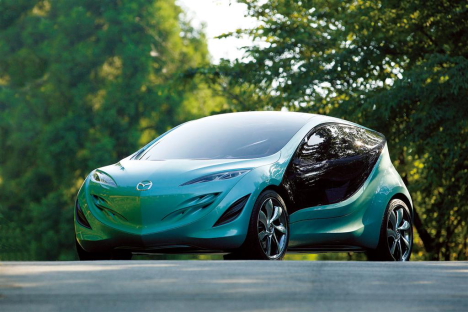
Mazda Kiyora [+]
* * * * *
- Honda Skydeck
Honda will debut the Skydeck concept, a six-passenger hybrid minivan featuring a strikingly odd combination of doors.
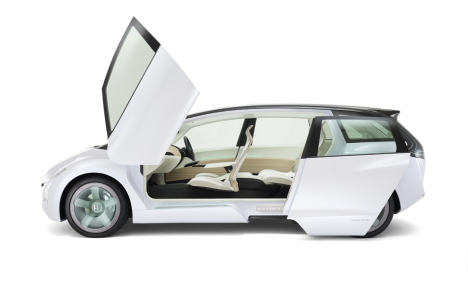
Honda Skydeck [+]
The Skydeck is equipped with scissor doors up front and a sliding door on the side.
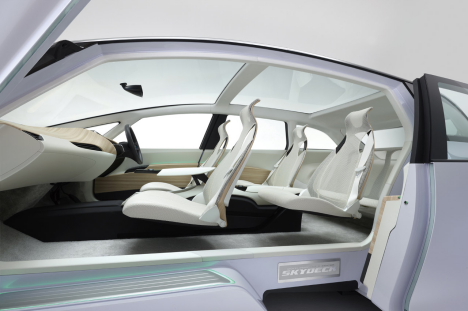
Honda Skydeck [+]
Other features include an all-glass roof, translucent green wheels, and a minimalist interior with center-mounted floating seats.
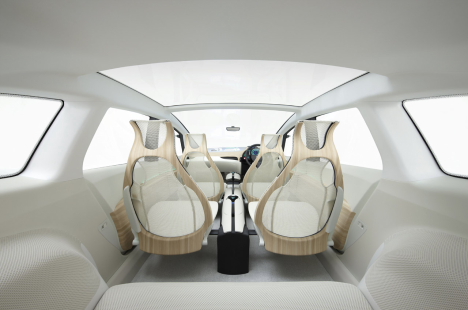
Honda Skydeck [+]
* * * * *
- Honda EV-N
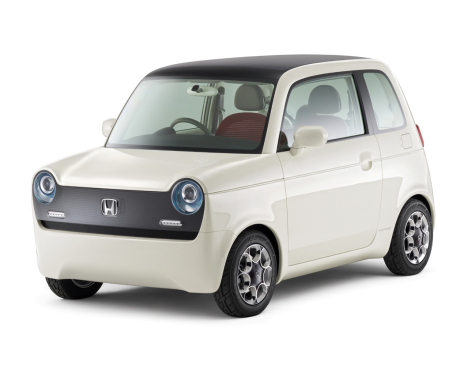
Honda EV-N [+]
Honda's EV-N concept, which looks like a 21st-century version of the classic Honda N600 of the late 60s and early 70s, has a solar roof that charges the battery-powered motor, interchangeable seat fabrics, and a car-to-car communications system in the front bumper.
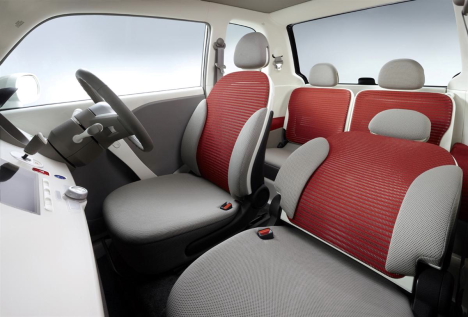
Honda EV-N [+]
The passenger-side door includes space for storing a Honda U3-X personal mobility vehicle. [More]
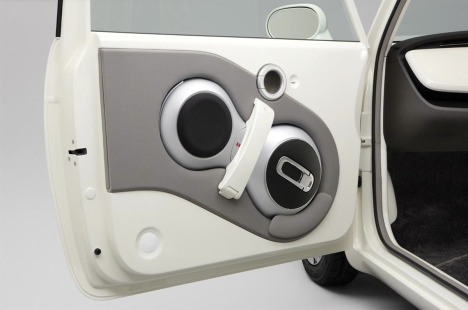
Honda U3-X personal mobility unit fits into the passenger-side door [+]
The 10-kilogram (22-lb) U3-X is a self-balancing unicycle equipped with Honda's state-of-the-art omni-directional wheel system.
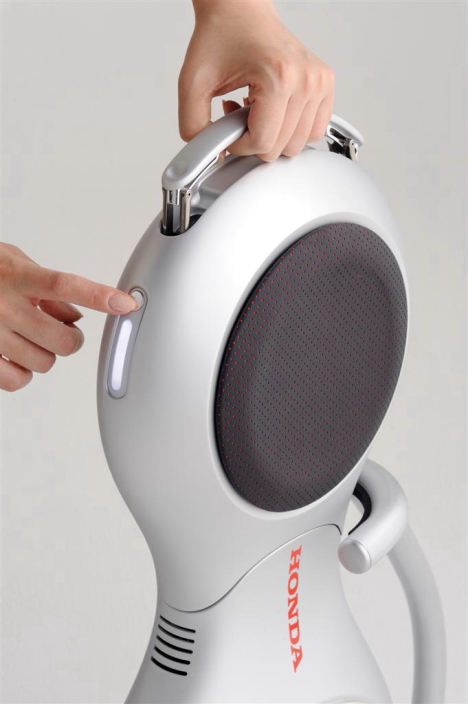
Honda U3-X personal mobility unit [+]
Using the latest in balancing technology obtained from Honda's ASIMO robot, the U3-X is capable of detecting slight changes in weight shift and adjusting its directional path accordingly. By leaning, the rider can steer the U3-X forward, backward, side-to-side and diagonally, as seen in the video below.
* * * * *
- Honda CR-Z
Although Honda still calls it a concept car, the CR-Z hybrid hatchback is slated for production early next year in Japan.
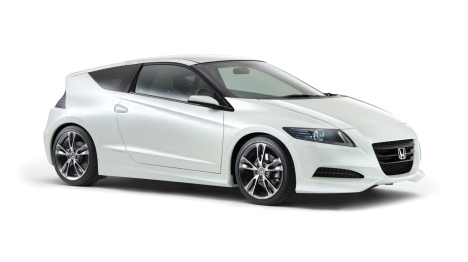
Honda CR-Z [+]
The two-seater is powered by a 1.5-liter four-cylinder engine and has a six-speed manual transmission. [More]
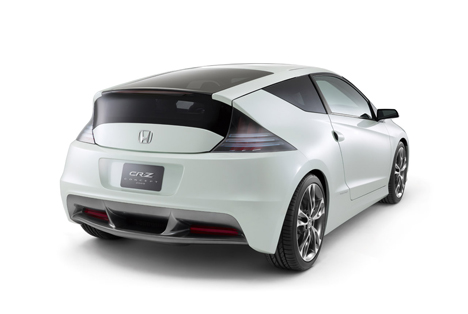
Honda CR-Z [+]
* * * * *
- Nissan Land Glider
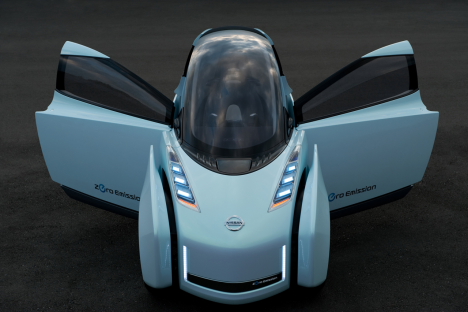
Nissan Land Glider [+]
Nissan plans to debut the Land Glider, an ultra-compact, ultra-lightweight EV concept car for urban mobility.
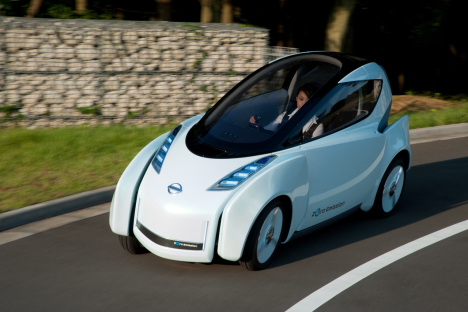
Nissan Land Glider [+]
This fully electric two-seater has a narrow body designed to help reduce traffic congestion and make it easier to find a parking space.
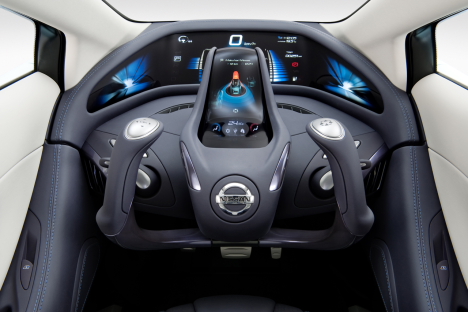
Nissan Land Glider [+]
Inside the cockpit, the driver sits front and center behind a futuristic-looking instrument panel and a steering wheel that resembles a pair of joysticks.
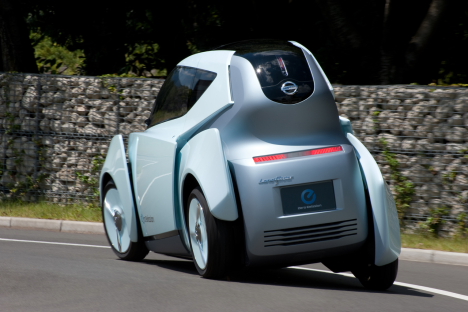
Nissan Land Glider [+]
With the ability to lean into turns like a motorcycle, the Land Glider can handle tight curves with ease, as seen in the video below. [More]
* * * * *
- Nissan Qazana
Nissan will also exhibit the Qazana concept car, a compact four-seater that made its world debut at the Geneva Motor Show in March 2009.
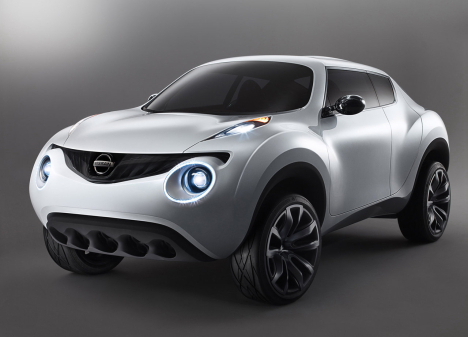
Nissan Qazana [+]
Designed for tough city streets, the all-wheel drive Qazana crossover is masculine, agile, lean and intelligent.
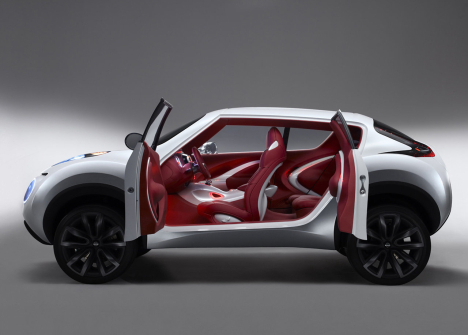
Nissan Qazana [+]
The five-door compact crossover combines sporty driving with environmental performance, and its exterior and interior are inspired by dune buggies and motorcycles.
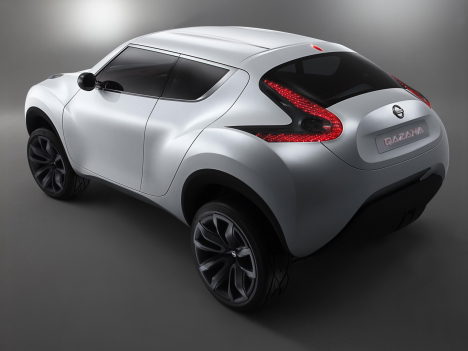
Nissan Qazana [+]
Inside, the framework of the seats and doors is partially exposed for an unfinished look, and the center console is designed to resemble a motorcycle fuel tank and seat. [More]
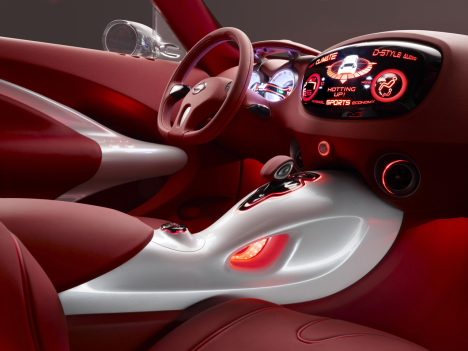
Nissan Qazana [+]
* * * * *
- Subaru Hybrid Tourer Concept
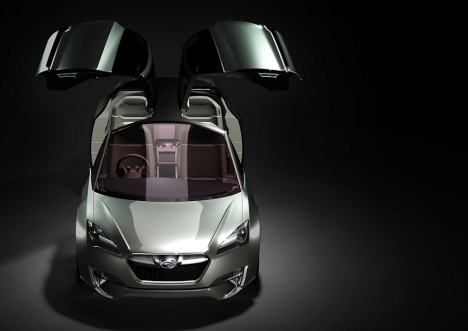
Subaru Hybrid Tourer Concept [+]
Billed as an environmentally-friendly grand touring car, the Subaru Hybrid Tourer Concept is a four-passenger hybrid vehicle equipped with gullwing doors for a sense of openness.
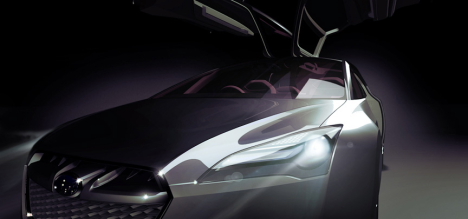
Subaru Hybrid Tourer Concept [+]
During normal driving, the all-wheel drive Hybrid Tourer is powered by a 2.0-liter direct-injection turbocharged gasoline engine. The vehicle's two electric motors are used for low-speed driving and recharging the lithium-ion batteries, and for providing an boost when extra acceleration is needed. [More]
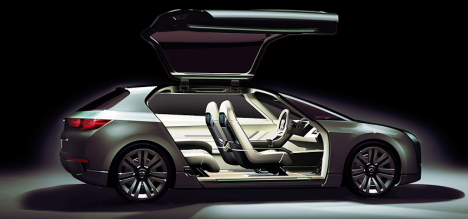
Subaru Hybrid Tourer Concept [+]
* * * * *
- Mitsubishi PX-MiEV
Mitsubishi plans to exhibit the PX-MiEV concept, a plug-in hybrid crossover loaded with features designed to boost fuel efficiency and safety.

Mitsubishi PX-MiEV [+]
The PX-MiEV's front and rear wheels are powered by two permanent magnet synchronous motors, while a 1.6-liter gasoline engine powers the front wheels and works as a generator. The vehicle's smart control system automatically switches between the various driving modes depending on the vehicle speed, battery level, and road conditions.
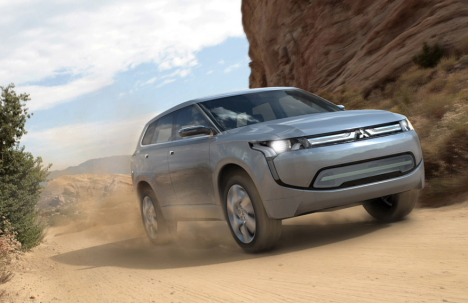
Mitsubishi PX-MiEV [+]
A 3-way battery charging system allows the vehicle to be charged using either a 100-volt or a 200-volt domestic supply, or a high-power quick-charging station. In addition to powering the motors, the battery can also supply electricity to user's home during the daytime when domestic power consumption is highest, and it can be used used as an emergency power source in the event of a natural disaster. Devices can also be plugged into the vehicle's 100-volt AC auxiliary socket in the rear luggage compartment.
The PX-MiEV uses heat reflective glass and paint for a cool interior. Each of the four seats is equipped with an individual air conditioner, while a negative-ion aroma humidifier and oxygen enricher improve the comfort level and reduce fatigue.
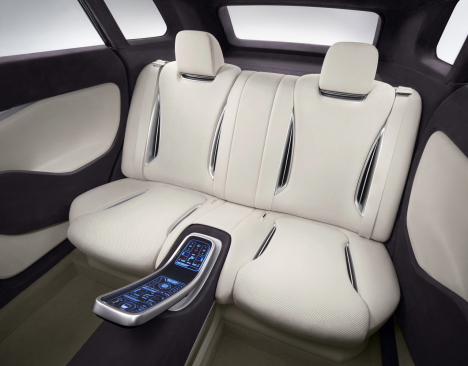
Mitsubishi PX-MiEV [+]
Safety features include a monitor that displays a composite image of the vehicle's immediate surroundings, as well as a driver monitoring system that uses a camera to detect drowsy eyes. If the system detects a lapse in concentration, the driver is alerted by a series of attention-getting lights, sounds, vibrations, and smells. [More]

